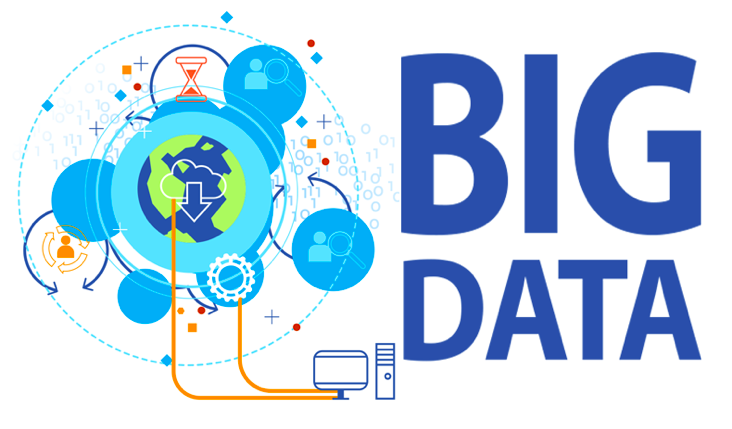摘要: Big Data is hot property these days. It's helping businesses all over the world improve their performance, make faster, better and more intelligent decisions, and win a handy competitive edge. But, how about the thrilling world of finance and trading? How is the big data revolution impacting it?

What is big data, exactly?
The term big data describes the vast amounts of information constantly collected by websites, ecommerce and search engines. The resulting data sets are absolutely enormous, much bigger than anything that was possible before the internet arrived.
Big data involves text, images, numbers and tables, and its sheer size and complexity have led to a brand new set of techniques for interrogating it to reveal the nuggets of wisdom it contains. A comprehensive data-led Colombia business directory, for example, delivers an extraordinary amount of fine detail about every business in the region, their size, what they do, the IT tech they use, financials, key decision makers, plus a host more information that traders can use to inform and inspire better, more profitable deals.
An insider's view of the benefits of big data
The sheer volume of big data matters because it delivers empirically sound, statistically relevant wisdom that you can trust, something a small database just can't match. The value of the insight you get depends directly on the size of the data set. And velocity matters because it speaks to the speed of the data processing process. You don't want snail's-pace data processing to get in the way of growth.
It's good to have a variety of data to examine, since classifying the nature and type of data used helps analysts pin down exactly how to best use the insights that fall out of the process. And veracity is key since accurate analysis depends on really good quality data sets. Remember the old saying, ‘rubbish in, rubbish out’?
Machine learning is all about the study and implementation of the algorithms used to make predictions about data. It involves machines that have the ability to learn without being explicitly programmed. No wonder big data has such a vital role to play in creating actual knowledge, insight and understanding from raw information.
How is the big data revolution affect financial trading?
Financial trading is all about buying and selling things like shares, currencies, bonds, derivatives, futures and options. The outcome is always the same – a profit. But with tens of thousands of traders in the game worldwide pricing is often random, with future prices impossible to predict. At the same time no matter what financial instrument you happen to be trading, you have to balance the potential against the risk.
All this dynamism means trading methods have to be equally dynamic to generate consistent profits. That's why traders develop temporarily profitable trading methods to meet very specific market conditions and constraints. Every time conditions change, though, the methods fail. How can traders create a system that consistently calculates the best probability of profit, while trying to handle a constant stream of incoming data from market analysis?
This is where big data analytics comes in. More traders every day are moving from manual trading strategies to Quantitative Trading, in other words tactics inspired by quantitative analysis, reliant on maths and number crunching to identify opportunities. Originally most popular with huge Hedge Funds and large financial institutions, these days individual investors are joining in.
A breakdown of quantitative trading
Every quantitative analyst needs to know the price and volume of a trade. The trader chooses the technique they want to use, whether it's high-frequency trading, statistical arbitrage or something else altogether. Then they ally the technique with a quantitative tool, for example moving averages or oscillators.
The mathematical models traders create are developed into computer programmes that simulate the model using historical data. Once validated, the model is implemented in real-life markets. It works because it uses all the available analogies, patterns and trends to predict the outcomes of specific events, for example the future price of a trade.
Thanks to big data there's a wealth of information available to help traders make better decisions. It's easier to crunch prices thanks to Machine Learning and Artificial Intelligence. Today's computers have the right amount of processing power to analyse truly vast amounts of data. The patterns traders identify let them get more creative than ever before, and the results speak for themselves. Did you know J.P Morgan is recruiting masses of data scientists who understand Machine Learning deeply and know all about big data analysis? When the big boys get on board, you know an innovation is here to stay!
What's next?
Keep your eyes peeled for mentions of sentimental analysis in a financial trading context. Also called opinion mining, it's a type of data mining that identifies and categorises opinions and attitudes, designed to reveal whether traders’ attitude towards a financial instrument at a specific time is good, bad or neutral. The results are fascinating, especially when combined with predictive models.
Big data is here to stay
Big data affects much more than the financial sector. Every industry, every marketing project, every piece of research benefits from the power of big data analysis.
轉貼自: ToolBox


留下你的回應
以訪客張貼回應